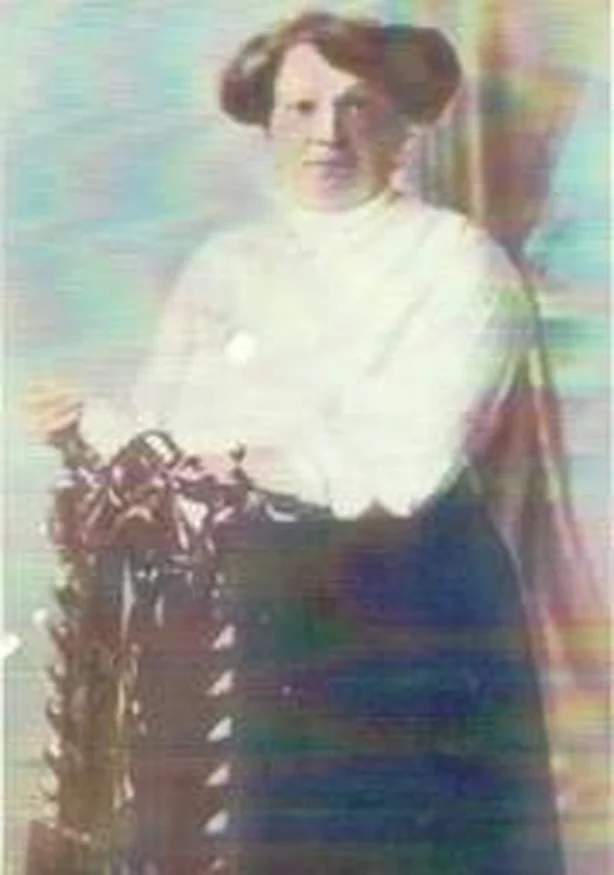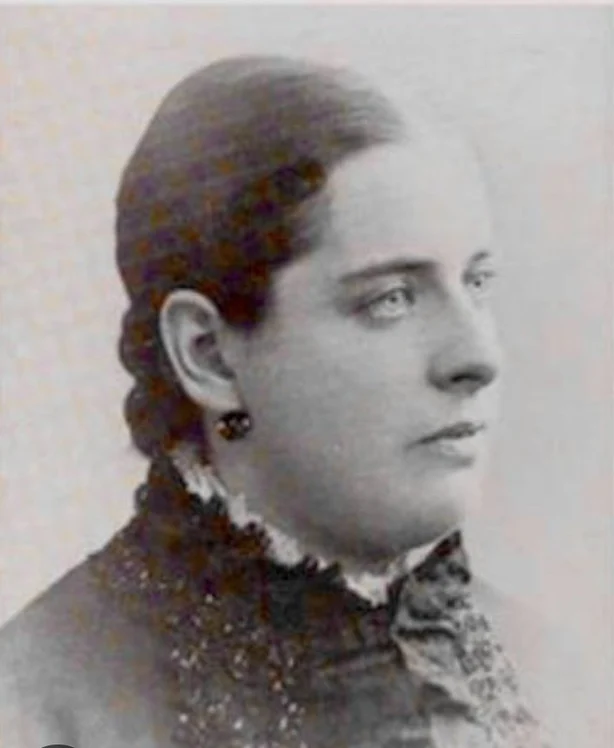Stay updated with the latest beauty tips, trends, and news from our salon experts. Our blog is your go-to source for all things beauty.
Dr Caroline West is a sex educator and host of the Glow West podcast, which focuses on sex, sexuality, and the body. Read an excerpt from her new book on Dublin's red-light district, Wrong Women: Selling Sex in Monto, Dublin's Forgotten Red Light District.
Wrong Women is a feminist history of Europe's largest red-light district and an examination of the lives of the women who worked there. The existence of Monto - Europe's biggest red-light district from 1860 to 1925 with up to 1,600 sex workers at any one time - is not a secret, but what happened to the women at the end of their lives and after death is less clear.
This account balances the historical origins of Monto, its expansion during the 1860s, the role of the British Army in providing the majority of customers and many other key moments in its 65-year span with an investigation into the inhumane and heartbreaking reality of the treatment of the women that worked there.
Hidden away In Dublin's north inner city, a small neighbourhood looks like nothing out of the ordinary, but this sliver of the city was once the site of one of the longest red light districts of the British Empire. Known as 'Monto' after its centre at Montgomery Street, this area played host to thousands of clients and tens of thousands of women who sold sex there from the 1860s to 1925.

Monto wasn’t just a geographically hidden area – its confinement was also a moral one. In the Victorian era of Monto, prostitution came to be viewed as a necessary evil, tolerated but only if it was hidden.
The Victorians became masters of creating centres of mass entertainment and this zoning of illicit pleasures led to the establishment of immoral districts, where the 'wrong women’ could be isolated out of sight from the ‘respectable women’. Women who sold sex were associated with ‘irrepressible evil’, which had the potential to physically and morally contaminate others.
In the Georgian buildings of the more well-off part of Monto, the madams had their names displayed in the half-circular fanlights over the front doors. Inside, the front parlour was used for entertaining men with food, drink, and music, before being led upstairs to the bedrooms for entertainment of the carnal kind.
Parties and social gatherings were an important way to curate a glamorous reputation. The great-great-granddaughter of Monto madam Annie Meehan, therapist Pearl Brock remembers hearing stories of the legendary parties her great-great-grandparents threw to showcase their inventory of women, fine surroundings, and finesse:
"They had so many houses that they would rotate them, clean them up, then have a grand reopening party. The houses would be lovely, the girls would be all there dressed up and it was a big advertisement for the business."
Dripping in blood diamonds in more ways than one, sparkling jewellery was a highly visible way to also showcase wealth and style. Infamous Monto madam May Oblong glided around with rings on every finger and a well groomed appearance as a former Monto resident recalls:
"She sometimes used to sit outside her shop with a group of women around her. She had her hair tied back in a bun and held together with hair clips. She wore this snow-white blouse and she had this beautiful gold cameo brooch pinned onto it. She also wore these beautiful big earrings."
Many women managed to sell sex on a temporary basis and leave with savings, viewing it as an option to see them through difficult times. However, as they were also at risk of being robbed or spending their money on an alcohol addiction, many of the women were chasing financial stability. Some found it in abundance, for others the poverty would never end.
We need your consent to load this Instagram contentWe use Instagram to manage extra content that can set cookies on your device and collect data about your activity. Please review their details and accept them to load the content.Manage Preferences
When it came to sexual health, surprisingly the women of Monto had better access to birth control options than Irish women in the 1930s and for three decades after. The rubber condom was invented in America in the 1850s and made its way slowly over to Ireland, replacing the earlier Victorian animal-skin condoms that were tied with ribbon around the base of the penis. A 1925 article in an Irish newspaper exposed the widespread availability of condoms, especially in Dublin:
"What are known as 'rubber goods' can also be had without difficulty, the only difference between Dublin and English cities in this respect is that here they are not publicly exposed for sale in attractive shop windows; but, nevertheless, the ‘business’ is proceeding and developing."
Other popular methods in Monto were sponges soaked in natural spermicides such as vinegar, douches, and early condoms that just covered the tip of the penis. Half a lemon inserted into the vagina has been used as birth control for centuries, as lemon juice was believed to be a spermicide.
The minute a woman wasn’t the shiny new addition to the brothel, her risk of violence swiftly increased. Her highly sought after youthful peachy skin became less of a commodity when it was mottled with bruises, accompanied by black eyes and broken bones. If she was extremely unlucky, the ravages of syphilis had also begun to take hold.
At this point, her options for help were limited and came with their own risks of violence. Instead of being supported, she was now also at risk of being institutionalised for decades in the desperate conditions in the Magdalene Laundries that left their mark on too many women.

The great-great-grandson of convicted murder and madam Annie Carroll, Martin Coffey was told family stories about how unwanted guests were dealt with in Monto:
"My mother told me there were times men would come into Monto looking for children. One night, some man came into the area looking for young children to buy for sex, young girls. It was brought to notice of the women in the area and they went to the men and told them to sort this out. But there was nothing happening.
"So the women came rushing in through the door of the pub where my mother was, and shouted, ‘Are you f*****g men or what, do we have to take care of this fella ourselves?’ The men put their pints down, because they were afraid of the women, and they went and found this guy, beat him up, and threw him into the Liffey. I asked my mother if he drowned in the Liffey, and she said, ‘I don’t know, no one knows, and no one cared.’ But he never came back."
For many, Monto was a place of liberation, personal freedom, and increased opportunity, but it was simultaneously a traumatic one that led to an early death for the most marginalised. Its inhabitants may have been there briefly or for decades, but all left their mark on the collective history of women in Ireland.
Wrong Women: Selling Sex in Monto, Dublin's Forgotten Red Light District by Dr Caroline West is published by ERIU on 20 February 2025.
If you have been affected by issues raised in this story, please visit: www.rte.ie/helplines.